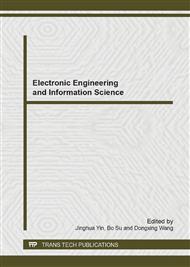p.927
p.932
p.936
p.940
p.946
p.951
p.957
p.961
p.966
Experimental Investigation of Emulsifying Viscosity Reduction of a New Viscosity Breaker
Abstract:
In this paper, alkyl polyglucoside (APG) and fatty alcohol polyoxyethylene ether (AEO3) were prepared to obtain a new type of soluble viscosity reducer which can change the rheological behavior of the crude oil and reduce its viscosity using method of emulsification viscosity reduction. The typical sample of heavy oil produced in Jilin oilfield was analyzed to figure out the key factors of influencing the viscosity of this heavy oil and the static evaluation experiments were carried out to investigate the reducing performance of the viscosity breaker. The viscosity breaker can lower the interfacial tension between oil and water to some extent, and the stability of emulsion between the oil and water is relatively good, in addition, it can provide high viscosity reduction rate and detergent factor of oil to produce a good viscosity reduction performance.
Info:
Periodical:
Pages:
946-950
Citation:
Online since:
July 2014
Authors:
Price:
Сopyright:
© 2014 Trans Tech Publications Ltd. All Rights Reserved
Share:
Citation:


